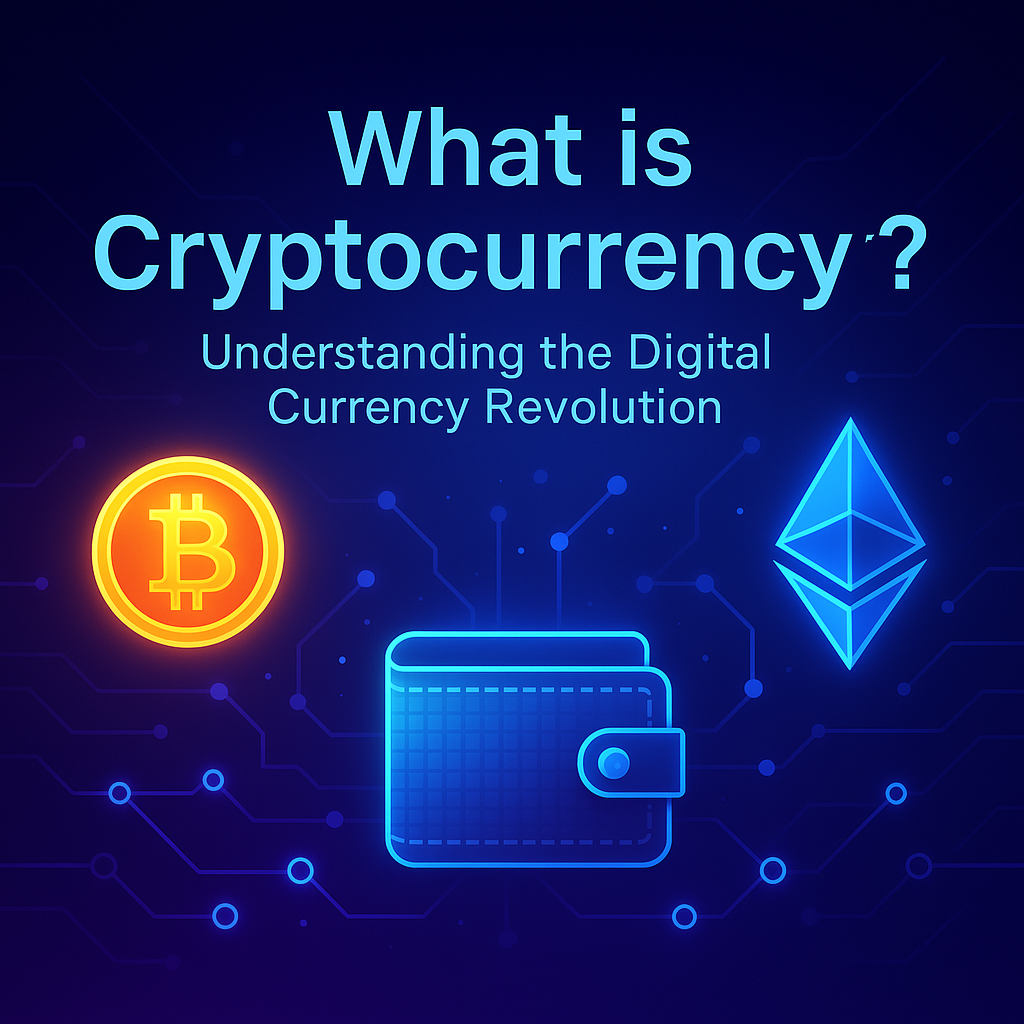Breaking News
Popular News




Enter your email address below and subscribe to our newsletter

The traditional financial system is riddled with inefficiencies — high fees, slow transactions, limited access, and centralized control. But here’s the good news: blockchain is disrupting finance as we know it.
At bit2050.com, we break down how blockchain can revolutionize finance through transparency, speed, and accessibility. Here are 7 powerful ways this is happening in 2025.
Platforms like Aave, Compound, and Venus enable peer-to-peer loans without banks. Borrowers use crypto as collateral, and interest rates are dictated by market supply and demand — not central authorities.
Blockchain enables instant, low-cost cross-border payments, replacing expensive SWIFT wires. Ripple (XRP), Stellar (XLM), and stablecoins like USDT are leading this change.
With all transactions recorded on-chain, auditors can trace every move in real-time. This reduces fraud, enhances trust, and streamlines regulatory compliance.
Using Ethereum, Solana, and Polkadot, financial contracts can be automated through smart contracts. Think auto-pay loans, split revenue sharing, or dynamic insurance payouts — all coded and enforced transparently.
Real-world assets like real estate, stocks, and bonds are being tokenized and traded 24/7. This increases liquidity and enables fractional ownership, making investing more inclusive.
No need for traditional banks. Blockchain wallets (e.g., MetaMask, Trust Wallet, Ledger) let users own and control their funds, avoiding counterparty risk.
With just a smartphone, anyone can access DeFi apps, stablecoins, and global finance — especially powerful in underserved regions like Africa, South Asia, and Latin America.
A: Not yet, but it’s disrupting many of their core functions, especially in lending, payments, and custody.
A: While innovative, DeFi has risks like smart contract bugs and exploits. Users must do thorough research.
A: By eliminating intermediaries, manual processes, and delays — resulting in faster and cheaper transactions.
A: Stablecoins like USDC and USDT act as digital dollars, enabling stable and efficient financial interactions on-chain.
A: It enables low-cost remittances, savings in stable digital currencies, and access to global credit markets.
How blockchain can revolutionize finance is no longer a question of “if,” but “how fast.” From cross-border payments to full-scale DeFi banking, the blockchain movement is reshaping the way money works — for everyone.
Stay tuned with bit2050.com for trusted insights into the evolving world of crypto, DeFi, and the decentralized future.